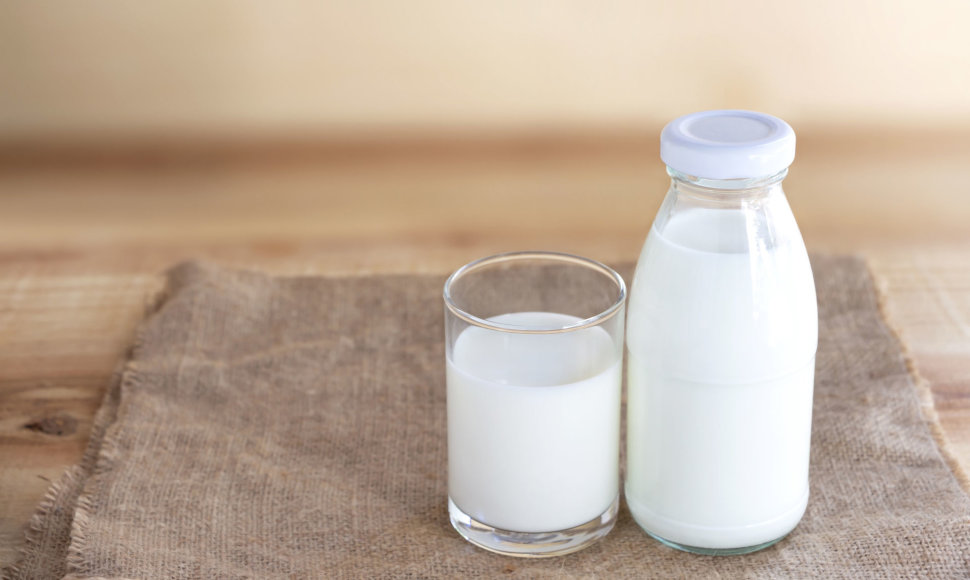According to Lithuanian dairy association Pieno Centras head Egidijus Simonis, within both the Lithuanian domestic market and in Latvia and Estonia, imported milk prices have risen for the past four consecutive months.
“The per-kilogram prices of raw milk at real fat and protein content paid to milk producers has risen above 30 euro cents. Most likely, this is the threshold after which a price correction downward will begin because milk processors are facing massive pressures in their export markets, where the prices of key market dairy products remain low,” E. Simonis says.
According to Simonis, the latest auctions on the European dairy product markets have indicated a trend of decreasing prices.
According to data from CLAL, the price of all main dairy commodities traded on the European dairy product market (with the exception of skimmed milk powder) were less than 2019 prices. Based on a ten-month average for 2020, cheese and butter prices were lower compared to the average prices seen in the past three years.
According to E. Simonis, for the participants of the Lithuanian, Latvian and Estonian dairy sectors, the situation on the European market has a direct impact.
“The Baltic States are strongly linked in their milk and dairy product supply chains. Lithuania is dependent on dairy product exports in the global market, meanwhile, our partners – Latvian and Estonian dairy farms – are the most important raw milk providers for Lithuania,” E. Simonis says.
According to analysts, despite the disruptions in milk supply in the global market in the first half of this year caused by COVID-19, prices remained resistant to negative pressures. One of the most important reasons for this is how milk purchase prices were maintained by the US, European Union, Australian and other states’ support for the sector.
E. Simonis notes that this financial support helped farms maintain price levels and at the same time encouraged the growth of milk production. This makes the situation difficult to sustain and it could yet quickly change.
“Looking towards the future, the prospect of government support to farms isn’t particularly clear. Without state intervention, raw milk prices on the global market will likely turn downward, seeking to slow production and match it to real consumption levels of dairy products,” E. Simonis says.
According to Rabobank, global market fundamentals are expected to remain weak into the first half of next year, with consumption taking time to recover and milk production forecast to grow over the next 12 months.












